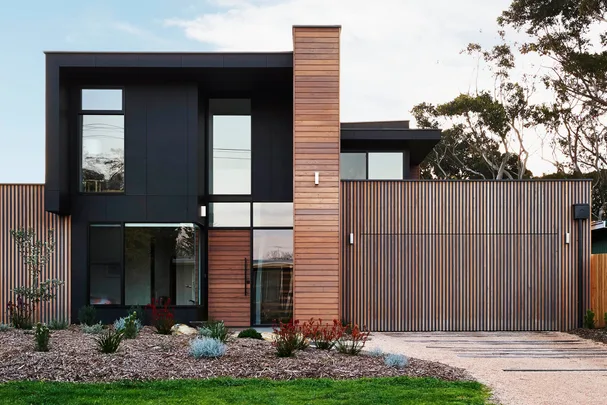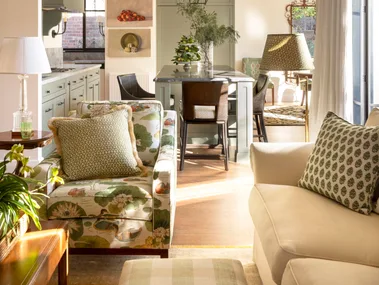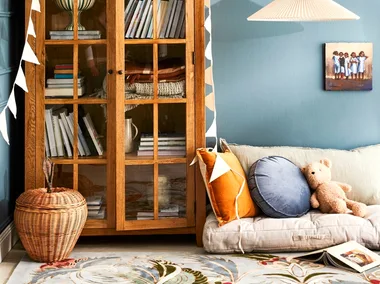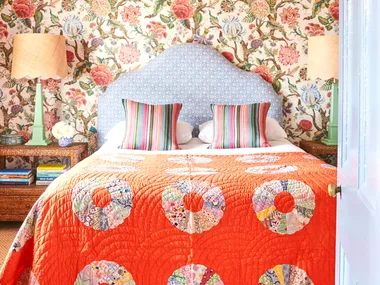As we move into a new decade, the way we look at home ownership is evolving. Here are some of the trends we can expect to see in 2020 and beyond.
According to new research from Stockland, Australians are very focused on home ownership, with over 40 per cent planning to buy their own property in the next five to 10 years.
However, it’s the features and location of a home that are changing to suit the lifestyle of potential property buyers.
“It’s great to see that home ownership remains a key goal for Australians with many starting 2020 with increasing optimism around achieving this. Purchasing your own home is still seen as a sense of security for many Australians and this won’t change anytime soon,” says Stephanie Vanin, General Manager Residential Sales at Stockland.
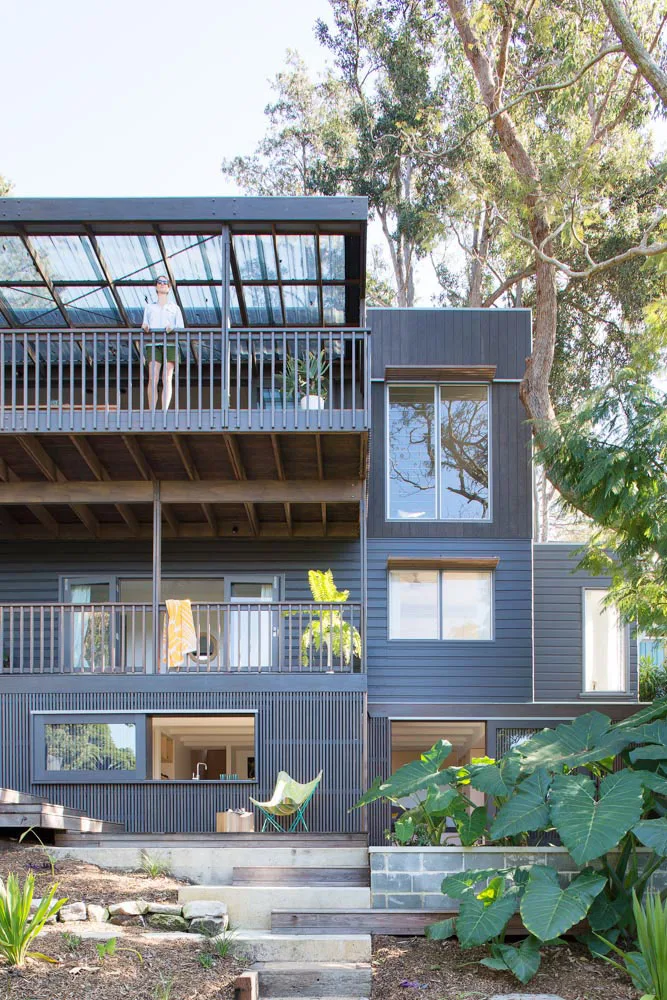
1. Homes built on smaller lots.
According to Stephanie, more homeowners are opting for smaller lots and looking for more efficient, well-designed homes that make the most of the space. Backyards are becoming smaller but there are more recreation spaces and parks closer to communities.
Interestingly, over 60 per cent of Australians said they would forgo a traditional large backyard for a smaller home with less outdoor space if it meant they were more connected to neighbours and close to community parks and green spaces.
2. Built-in sustainability
Sustainability features are normal and expected in homes rather than an add-on that you pay more for. A quarter of respondents also stated they would specifically like automated recycling in their future home, with those over 55 years the most excited about the prospect.
“Buyers are much more attuned to the benefits of sustainable home design today than they were a decade ago,” Stephanie says.
“The costs of many features such as LED lighting and solar panels are also much more affordable today and buyers now understand the long-term cost benefits of these features for future energy savings to them and the broader benefits to the environment.”
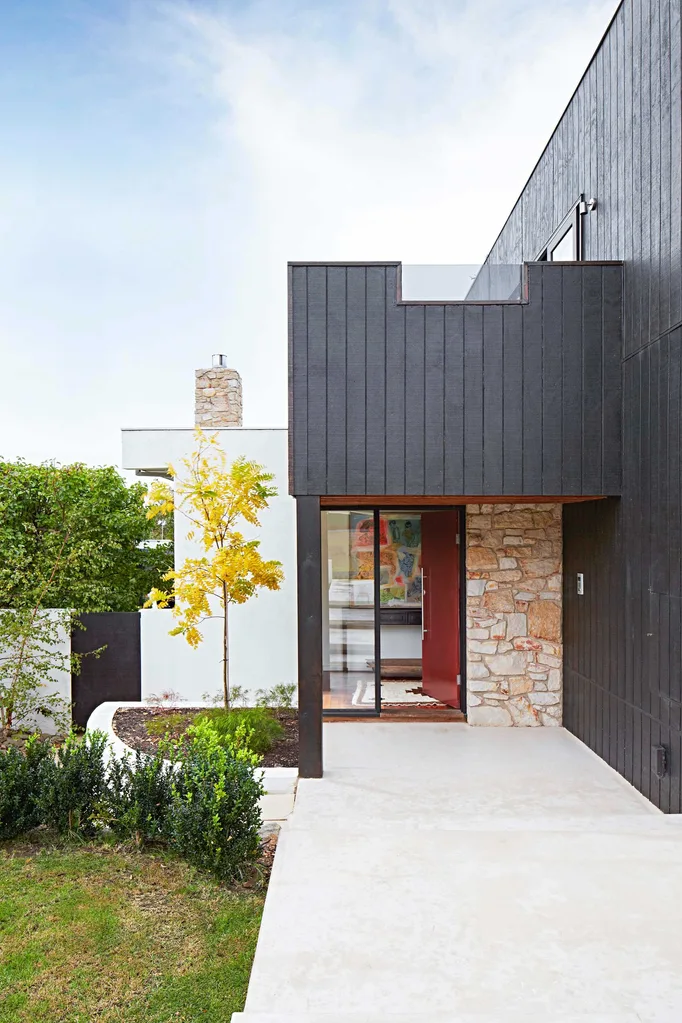
3. Increased interest in moving interstate
People are willing to look further afield with 36 per cent of those surveyed considering a move interstate. The main reasons for the potential interstate move is for a better lifestyle (57%), better job opportunities (42%) and to buy the home you want for less (32%).
4. Focus on wellbeing
Health and wellbeing are key, as homeowners are increasingly factoring in the walkability and liveability of their potential neighbourhood – such as accessibility to group fitness facilities and dog parks.
5. Community connection
Social connectivity and sustainability are becoming more important with people looking for opportunities to connect with their community, such as meet-up groups and community gardens.
“The actual home is still important, however, features that allow for more community living are shifting higher and higher on homeowners’ priority lists. That old sense of belonging and knowing your neighbours is more important than ever before,” Stephanie says.

6. Focus on smaller homes
The majority of homebuyers still prefer freestanding homes but there is a significant uplift in townhouses and semis compared to seven years ago.
7. Affordability and other deciding factors
When choosing to purchasing a home, respondents said the top three factors include affordability, ease of public transport and the quality of the home. Survey respondents’ top features for a dream community of the future also included more walking paths, community gardens and recreation spaces and fewer roads.
You might also like:
12 Australian property trends we’ll see in 2020
Four new bathroom trends for 2020
10 Instagrammable floors from around the world
